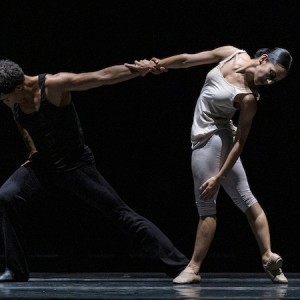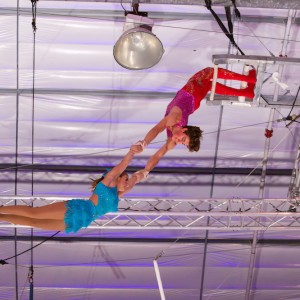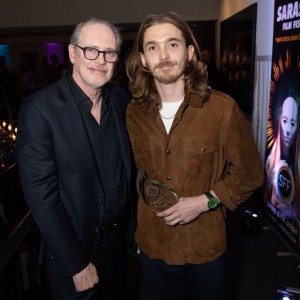Bradenton may not quite be the City That Never Sleeps, but the folks at Realize Bradenton must be running a little ragged by now.In addition to leading the charge on major initiatives such as the Bradenton Riverwalk and organizing annual area festivals including the recent Bradenton Blues Festival, Realize Bradenton in the last few months has been unrolling its latest initiative, PopUps For A Purpose, a series of one-time-only events designed to kickstart key Bradenton locales and engage the Millennial Generation in a lasting way.
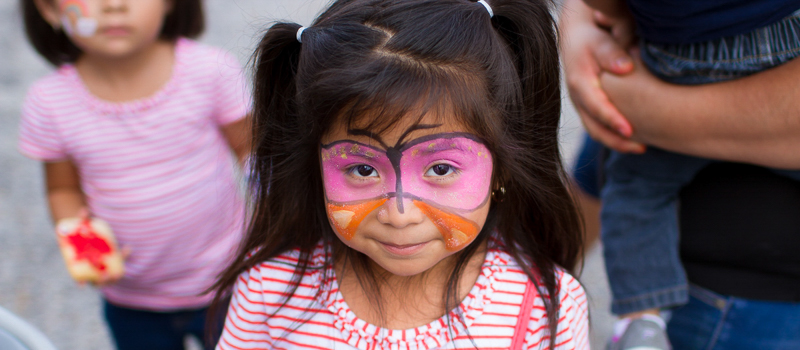
Launched with a grant from the John S. and James L. Knight Foundation after winning the Knight Cities Challenge, the premise is straightforward: pinpoint prime locations within Bradenton that represent unutilized or untapped community resources or potential, then host a one-time bash showcasing said resources in an effort to spur further activity down the road, particularly from Millennials. Why Millennials? Because time demands it.
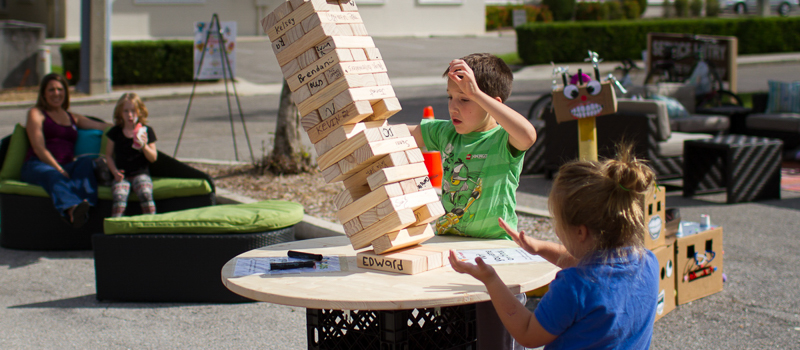
“There’s going to be a lot of shortage in the labor market coming up with Boomers retiring,” says Catherine Ferrer, community engagement coordinator for Realize Bradenton. Generation X isn’t big enough, she says, so any town that wants to stay vital is going to have to look to Millennials. “Are we in Bradenton going to be ready for it and proactively work towards meeting those changes?” asks Ferrer. “Or are we going to sit back and react?”
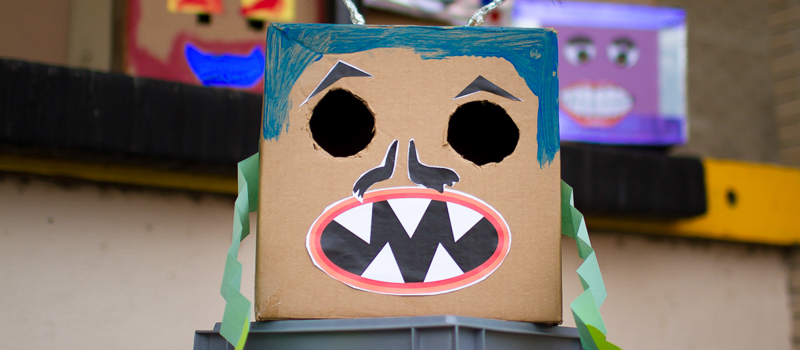
But then the question becomes one of means. While the Millennial Generation has the numbers, the hurdle to clear remains engagement. “They’re doing life differently,’” says Amy Phillips, a Millennial who started volunteering with PopUps For A Purpose after making contact with Realize Bradenton during the construction of the Riverwalk. “[Millennials] would rather have density and walk around than the suburban sprawl with the white picket fence, dog and two-car garage.” It’s the technology generation, she says, a faster-paced model looking for bike trails and walkability, following where they want to be as opposed to where the jobs are. But other than that, they remain hard to define. They don’t even like the label ‘Millennial.’ “This is the largest and most diverse generation we’ve probably ever had in the United States and it’s going to change a lot of things,” says Ferrer, who faces directly the challenge of appealing to and serving an entire generation that prides itself on not being like anybody else and thrives in a digital landscape Balkanized by the infinite stretch of the World Wide Web.
Marketing has been a mix of the old school and new school, according to Ferrer, dropping flyers announcing events in the usual places, but also smaller, out-of-the-way cafes, restaurant and salons, plus lots of social media. Though currently unengaged, Ferrer and Realize Bradenton operate under the belief that Millennials want to become involved, but are also looking for real opportunity, not just a seat at the kiddie table. “Young people feel unaware, disconnected and not sure how to get in the scene,” says Ferrer, hoping that by explicitly gearing community events towards the group, connections will be forged and true engagement can begin, much as it did for Phillips.
But therein lies another challenge. Assuming the Millennials do turn out, what do they do? The whole enterprise banks on these kids having fun, but if they’re not, then there is no galvanizing effect, and the event may instead achieve the exact opposite. Ferrer, Phillips and the other 300 or so volunteers have it covered, they say, with each event specially themed to engage a particular portion of the target demographic.
For example, the kickoff event in October, Plaza Cubana, appealed to Millennial diversity through the Hispanic and Latino demographic, groups that are classically underserved. Partnering with the South Florida Museum, Realize Bradenton filled the courtyard with music, games and food, importantly all supplied locally. Soma Creek Side, enRich Bistro and Drago’s each created special dishes for the event, showcasing Bradenton’s culinary talents while locals gave salsa lessons in front of a seven-piece band, eventually filling the dance floor with swinging and swaying bodies. A sure success, says Ferrer.
“It’s creating a memory with a physical space,” explains Phillips. “It’ll bring a new fresh perspective to the space, what you can do there and why you would go there.” The November event shifted gears a bit, aiming at the young Millennial family with its Books, Bots and Bites theme. Hosted at The Central Library, kids and their parents were invited to come out and construct their own little robots before leaving with a free book. With any luck, they’ll come back for more.
But there remains another side to this endeavor, that thing that could give the whole operation national significance on its own. You can either call it research or data collection, depending on the grade of your tinfoil hat. The pop ups themselves are a learning experience for the organizers, who get to observe the Millennial in its natural habitat and see what works and what doesn’t for this odd generation. For example, at Plaza Cubana, giant Jenga was a hit, but the dominoes not so much. And based on turnout from event to event, Ferrer can determine what the effective methods for reaching this new generation would be. Is it Facebook or Twitter? Email or text? These are simple but important questions that the initiative hopes to answer, or at least further. “It’s very much an active research project as well,” says Ferrer. “For anyone who’s paying attention to what demand there is for entertainment in this area, they could learn a lot from watching these.”
As a lifetime Manatee County resident, Phillips has seen a lot change in her town, she says. She credits most to the arrival of the Riverwalk, which spurred activity and growth not only through the physical connections it created and the way it molded the disparate space into a functional whole, but also just the general enthusiasm and spark that it brought to the area. Perhaps a few more sparks could start a conflagration. “The goal is continuing activity and keeping this area more active and more engaged so that businesses will see that this is the area that people want to be,” says Phillips. “Now we’ve shown the community what we’re capable of.”





